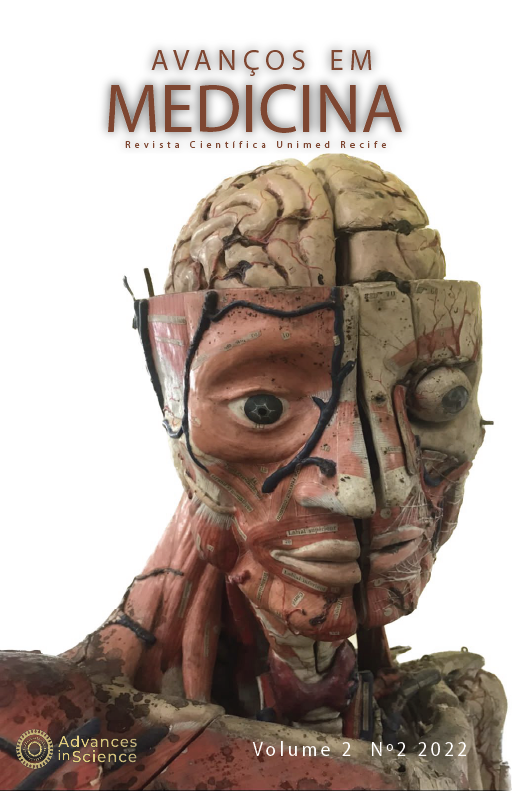Vincent Van Gogh, attachment theory, and borderline personality disorder
Visualizações: 764DOI:
https://doi.org/10.52329/AvanMed.56Keywords:
Van Gogh, Attachment theory, Cmotional dysregulation, Belief of abandonment, Borderline personality disorderAbstract
Vincent Van Gogh is one of the greatest artistic geniuses of all time. Since childhood, he showed personality traits of marked emotional vulnerability, which, associated with a rigorous and distant parental education, made the artist develop a severe emotional dysregulation. The attachment theory involves the idea that a reliable and loving person is available and offers answers to the individual, providing a feeling of security that strengthens their relationship. One of the fundamental assumptions of this theory is that early relationships established with the primary caregiver during childhood affect the attachment style of the individual throughout life. Children deprived of adequate socio-emotional stimuli may have disabilities in several areas of the affective life, including interpersonal relationships. The transaction between a temper with accentuated neuroticism and a high degree of environmental invalidation during childhood explains the severe psychopathology of Van Gogh. Borderline personality disorder (BPD) is characterized by a pervasive pattern of instability in emotion regulation, impulse control, interpersonal relationships, and self-image. Among the nine diagnostic criteria of BPD, the first one is associated with the belief of abandonment and rejection. In this article, important facts from the childhood of Van Gogh were explored, which may explain why the painter had a difficult life in emotional and behavioral aspects.
Downloads
Downloads
Published
How to Cite
Issue
Section
License
Copyright (c) 2022 Hugo Andre de Lima Martins, Elaine Machado Chagas

This work is licensed under a Creative Commons Attribution 4.0 International License.



